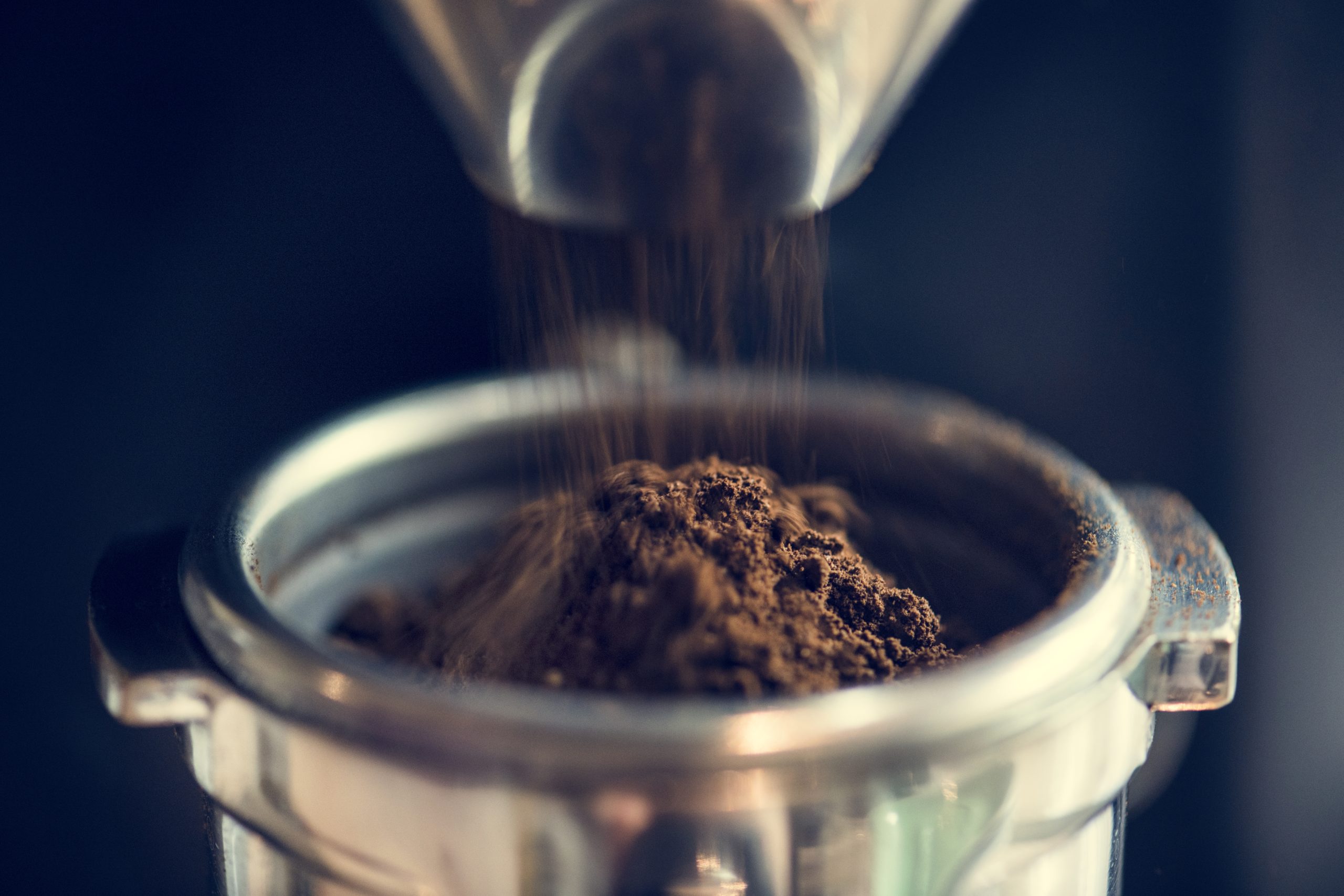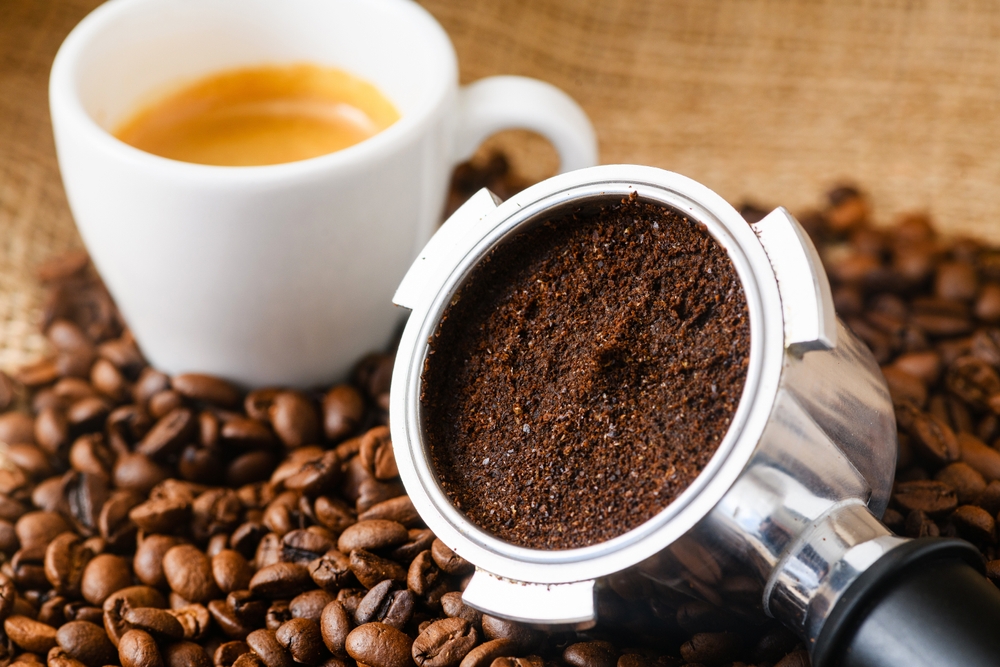Text Rianne Lindhout
Coffee is healthy. Percolated coffee without sugar is part of the food pyramid. The dietary centre recommends five 125 ml cups for those who use few or no other sources of caffeine. The website adds that: ‘the better the coffee is filtered, the healthier because filtering reduces the amount of cafestol. Coffee percolated through a paper filter has the lowest cafestol levels.’
Paper filters, however, are no longer popular. Most Dutch consumers drink their coffee filtered through a metal filter such as the ones used in Nespresso machines. This method is also what WUR’s coffee machines use, including the new machines that are to be placed, which use the espresso method. Facilities and Services contract manager Marcha Sperna Weiland quotes coffee supplier Maas saying: ‘The coffee from the machines contains cafestol, as do almost all coffee types on offer these days. (…) a balanced diet is important, and everyone should make their own choices.’
The dietary centre (Voedingscentrum, in Dutch) says that coffee made through this method contains a ‘moderate’ amount of cafestol, the substance that elevates your cholesterol levels. Drinking more than two or three cups of this coffee will affect your cholesterol levels by a measurable amount.
Nocturnal meatball
A measurable amount? Mark Boekschoten knows all about it. He manages the Health Research Unit and is responsible for the Human Nutrition and Health Department’s laboratories at WUR. Around 2005, however, he studied cafestol. ‘If you ingest 10mg of cafestol daily, your cholesterol levels will rise by 0.13 mmol per litre.’ A 0.13 increase of a level that ought to be under 5 (in Dutch) in healthy individuals but which is higher in many.
So, should we worry about cafestol? ‘It is one of the factors that influence your cholesterol levels’, says Boekschoten. You could stop using real butter, skip your nocturnal meatballs or consider what coffee, and how much of it, you drink.
Percolating time
The dietary centre and the consumers’ association (Consumentenbond, in Dutch), however suggest that the type of coffee you drink determines how much cafestol you ingest. Boekschoten is of a different mind. ‘The Consumentenbond uses a table based on a relatively limited study. In addition to the type of filter, the percolating time also influences the amount of fat and cafestol your coffee contains. So, we don’t know precisely how much cafestol a WUR coffee contains. The producer can measure the fat (and thus cafestol) content using a simple test and adjust the machine’s settings to lower it if desired. For example, by lowering the percolation time, although that will affect the flavour.’
Sticker
Would a sticker on the machines providing information about the cafestol content be a good idea? Boekschoten is doubtful. ‘One more cup, or one less, will not make a difference at an individual level. At the population level, with millions of coffee consumers, yes. In Finland, where coffee was traditionally boiled and thus contained a lot of cafestol, the population’s average cholesterol levels dropped significantly when they switched to filtered coffee.’
Contract manager Sperna Weiland is eager to discuss measuring cafestol levels with supplier Maas and Mark Boekschoten. ‘The contract stipulates regular evaluations of the customers’ experiences.’ To be continued!
Oat melk
All of the new machines will offer consumers a choice of dairy milk and oat milk. Is oat milk a healthy, sustainable and tasty alternative? Rianne Lindhout investigated in Resource last month. Read all about her findings here.

 Photo Shutterstock
Photo Shutterstock 

![[The Proposition] ‘Climate-smart agriculture as a scientific field is a typical example of neocolonial science’](https://www.resource-online.nl/app/uploads/2024/02/DeStelling_online_UK_1811.png)